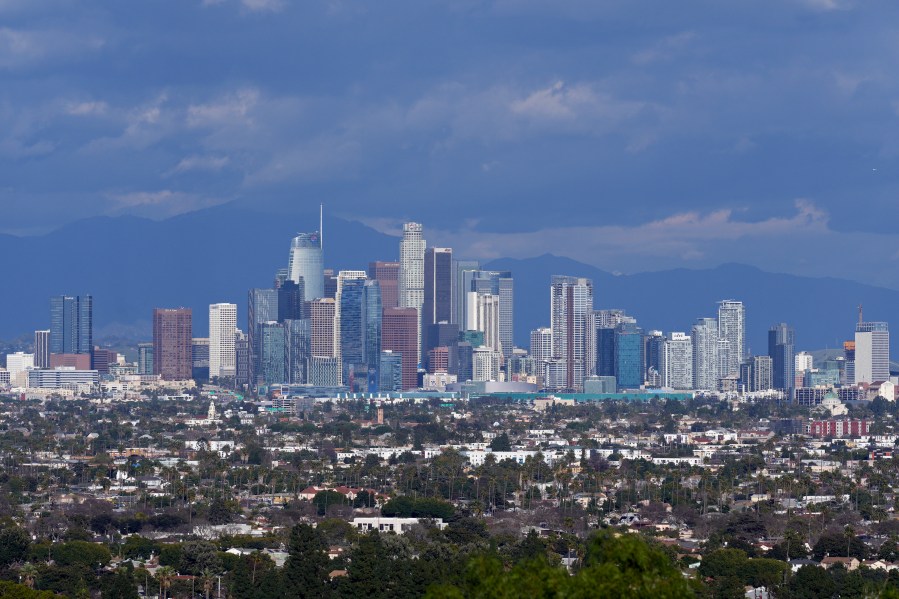The U.S. is on “La Niña watch,” according to a new forecast issued by the Climate Prediction Center on Thursday.
The Center predicts La Niña will form in the fall, influencing the weather we see in the latter part of the year.
This year’s La Niña is expected to be short and weak, much like the one we saw last winter. But that doesn’t mean its impact on the weather will necessarily be weak. In hindsight, the 2024-25 winter season “bore the telltale signs of a La Niña influence,” explained meteorologist Nat Johnson.
In a typical La Niña year, the southern half of the country will get drier, warmer weather, while the Pacific Northwest and Ohio Valley get more precipitation than normal.
That’s pretty much what happened last winter, despite the “weak” La Niña.
“In particular, most of the southern U.S. and northern Mexico were predicted to be and turned out to be drier than average, with record-dry conditions in southern Arizona and parts of New Mexico,” Johnson said. “Wetter conditions were forecasted and did prevail over the northern part of the continent, particularly in Alaska and parts of the Pacific Northwest, as well as much farther south in Central America.”

It wasn’t a perfect forecast – east Texas, Arkansas, Kentucky and western Virginia got some pretty wet weather – but overall, the La Niña pattern played out, Johnson said.
Even though this year’s La Niña is expected to dissipate before the end of winter, its influence is still most likely to be visible in the peak winter months, explained Michelle L’Heureux, a meteorologist at the National Weather Service’s Climate Prediction Center. Both La Niña and El Niño tend to have their strongest influence over the weather in the winter.
If this year’s La Niña turns out to be perfectly typical, the winter precipitation around the country would look like the map below: a dry season for California and the South, but a wetter or snowier season in the blue patches of the northern and Midwest states.

One way La Niña could have an influence sooner is on hurricane season, which runs through the end of November. La Niñas are typically associated with a stronger, busier hurricane season.
In its updated hurricane forecast released this month, the National Oceanic and Atmospheric Administration (NOAA) said there is a 50% chance of an above-normal hurricane season, a 35% chance of a near-normal season and a 15% chance of a quieter season.
